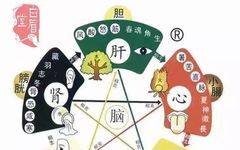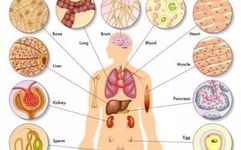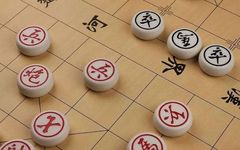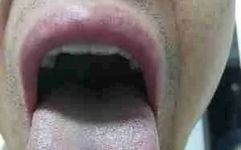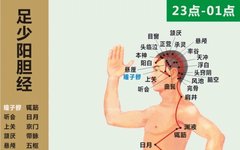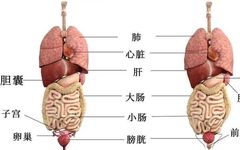The Functionality of the Six Fu Organs in Traditional Chinese Medicine
“The theory of the six fu organs being used for communication plays an important guiding role in the treatment of visceral diseases. The six fu organs refer to the gallbladder (dan), stomach (wei), small intestine (xiao chang), large intestine (da chang), bladder (pang guang), and san jiao (triple burner). The term ‘fu’ means a storage … Read more

